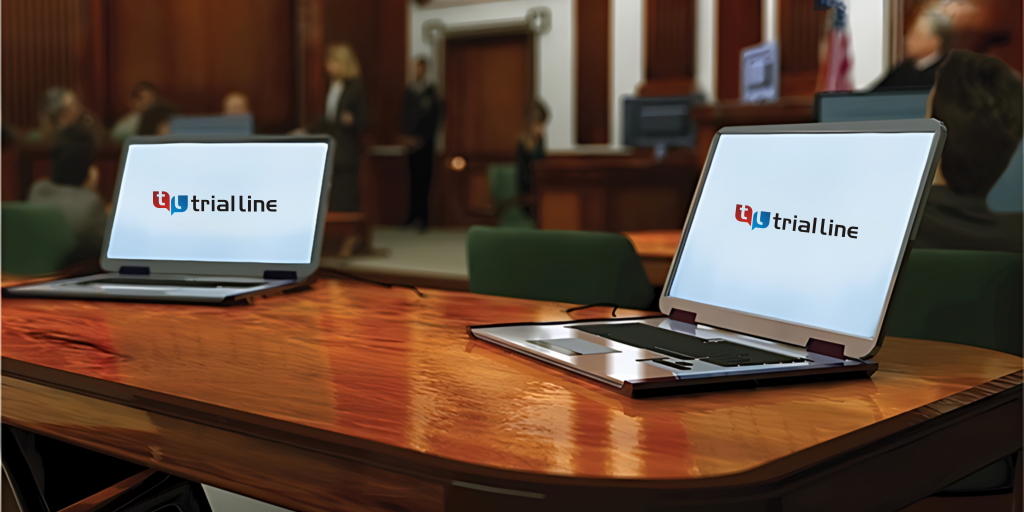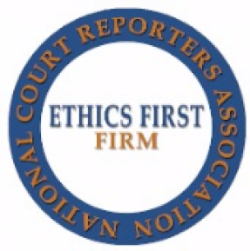How Trial Presentations Enhance Your Disagreement and Persuade Jurors
Test discussions offer as a crucial system for improving legal disagreements and convincing jurors. By integrating aesthetic aids, narrative structures, and psychological engagement, attorneys can create an engaging instance that resonates on several levels. The tactical use visuals not just makes clear complex info yet additionally catches jurors' focus better than words alone. The art of narration plays a just as important role in transforming accurate proof into a compelling narrative, shaping jurors' understandings. Recognizing these aspects can substantially impact trial results, raising the question of exactly how each part adds to this detailed dynamic.

Value of Visual Help
Aesthetic help play a crucial function in enhancing the effectiveness of test discussions, as they can substantially increase target market involvement and retention of details. In the context of a test, where jurors are entrusted with processing complex info, aesthetic help serve to simplify and make clear bottom lines. Graphes, graphs, and photos can communicate data and concepts that might or else bewilder or puzzle jurors, enabling a much more straightforward understanding of the evidence presented.
Additionally, aesthetic aids assist in keeping juror attention throughout the procedures. By damaging the monotony of spoken statement, these tools can punctuate vital arguments, making them much more remarkable. Effective aesthetic aids can likewise evoke emotional responses, which can be crucial in encouraging jurors to straighten with the presenter's story.

Crafting Engaging Narratives
A compelling narrative is crucial in trial discussions, as it functions as the backbone of efficient persuasion. It allows attorneys to weave together realities, proof, and psychological elements right into a systematic story that reverberates with jurors. This narrative framework makes it possible for jurors to understand the complexities of the case while guiding them with the lawyer's disagreement.
To craft a compelling narrative, lawyers need to concentrate on clarity and comprehensibility. This involves developing a clear protagonist-- commonly the client-- and detailing their journey through the occasions in concern. Presenting the facts in a rational series boosts understanding and preserves involvement. Furthermore, using brilliant descriptions can create psychological images that aid jurors visualize the occasions, making the narrative a lot more unforgettable.
In addition, integrating key styles throughout the discussion strengthens the core message and aids in retention - trial presentations. The story should not only convey information however also evoke a feeling of justice, highlighting the risks entailed. Ultimately, a sound narrative cultivates a link in between the jurors and the case, positioning the attorney's debate as both legitimate and compelling, thus boosting the possibility of a desirable judgment

Involving the Court Emotionally
Reliable court engagement depends upon the lawyer's ability to attach with jurors on an emotional level. This link can dramatically influence jurors' understandings and their utmost decision-making. Using sob stories permits attorneys to humanize the case, changing abstract legal ideas right into relatable experiences. By offering real-life tales or endorsements, lawyers can evoke empathy and empathy, promoting a deeper understanding of the concerns at stake.
Visual aids, such as photos or videos, can even more improve psychological engagement, giving jurors with vibrant depictions of the case's human elements. Crafting a narrative that highlights the battles and accomplishments of the people click for info involved guarantees that jurors see past the lawful debates and identify the human consequences of their decisions.
In addition, tone and body movement play an essential duty in sharing emotion. An attorney's passionate delivery can resonate with jurors, strengthening their emotional financial investment in case. It's necessary to balance psychological appeals with factual proof, guaranteeing that jurors feel obliged to act while remaining grounded in the fact. Inevitably, an emotionally engaged court is more probable to be encouraged, making psychological link a vital component of effective test discussions.
Structuring Your Discussion

The body of the presentation must be rationally segmented into essential factors, each supported by compelling proof. It is helpful to make use of storytelling techniques to weave facts right into a story that jurors can easily comply with. Visual aids, such as charts and video clips, can boost comprehension and engagement, helping to highlight crucial items of evidence.
Real-World Study
Checking out real-world study offers very useful insights Get the facts into the art of trial presentations and persuasion. The site case of "O.J. Simpson v. Individuals of California" illustrates exactly how visual help and compelling stories can guide court understandings. The protection team efficiently employed a method that combined prominent specialist statements with multimedia presentations, which astounded jurors and eventually affected their decision.
Another notable instance is the "McDonald's Coffee Case," where the plaintiff's lawyers used visuals images of the injuries suffered by Stella Liebeck. trial presentations. This raw aesthetic evidence played a crucial duty in conveying the extent of her burns, leading to a significant jury award. Such cases demonstrate that impactful test presentations usually rest on the efficient integration of visuals and storytelling to evoke psychological feedbacks from jurors
In addition, the "Casey Anthony Test" highlighted the value of narrative coherence and trustworthiness. The prosecution's failing to establish a compelling timeline reduced their influential power, emphasizing the need of a well-structured presentation. Assessing these instances discloses that effective test presentations need strategic planning, psychological engagement, and the capacity to resonate with jurors' worths and ideas.
Final Thought
Test presentations considerably improve disagreements and convince jurors via the critical usage of aesthetic aids, compelling stories, and emotional engagement. A well-structured discussion balances emotional appeals with factual proof, inevitably resonating with jurors' values.